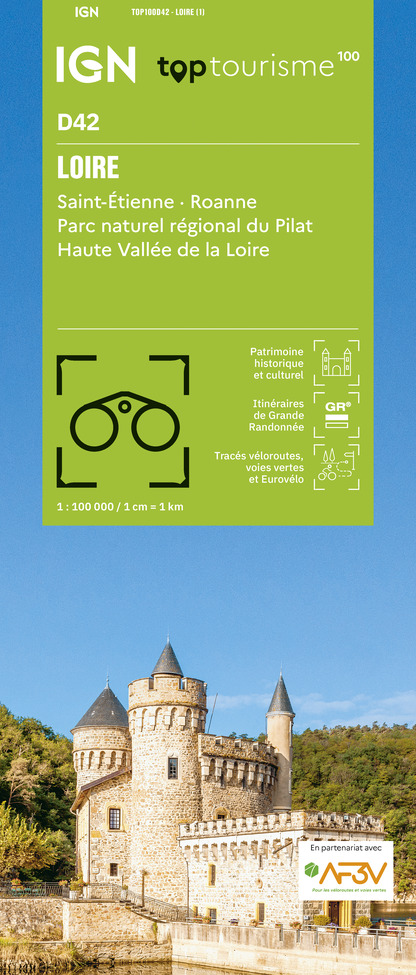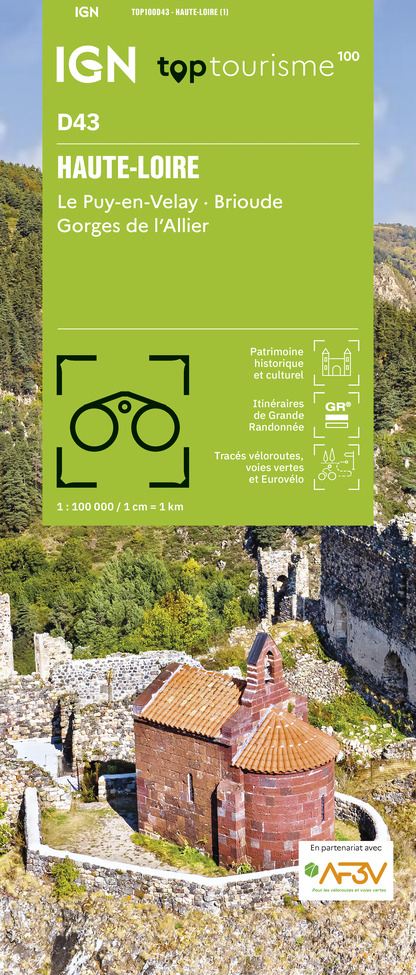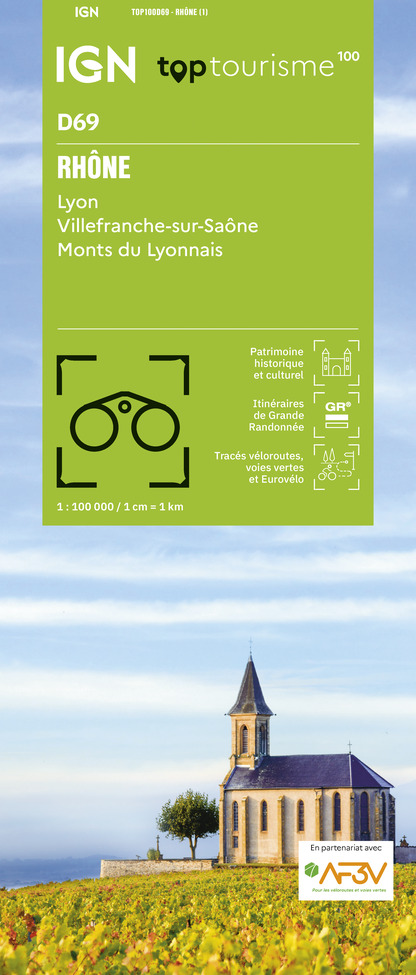警报
警报
练习类型
徒步
容易
5h30mn
Presentation
描述
地图
兴趣点
评级和评论
周围的看点
GR®765 Chemin de Compostelle Etape 4 - Marols - Merle-Leignec
IGN 地图

2833SB - FIRMINY SAINT-BONNET-LE-CHÂTEAU
编辑器 : IGN
收藏 : TOP 25 ET SÉRIE BLEUE
梯子 : 1:25 000
13.90€

TOP75040 - MASSIF DU PILAT MONTS DU FOREZ
编辑器 : IGN
收藏 : TOP 75
梯子 : 1:75 000
9.80€

TOP100D42 - LOIRE SAINT-ÉTIENNE ROANNE PARC NATUREL RÉGIONAL DU PILAT HAUTE VALLÉE DE LA LOIRE
编辑器 : IGN
收藏 : TOP 100
梯子 : 1:100 000
8.40€

TOP100D43 - HAUTE-LOIRE LE PUY-EN-VELAY BRIOUDE GORGES DE L'ALLIER
编辑器 : IGN
收藏 : TOP 100
梯子 : 1:100 000
8.40€

TOP100D69 - RHÔNE LYON VILLEFRANCHE-SUR-SAÔNE MONTS DU LYONNAIS
编辑器 : IGN
收藏 : TOP 100
梯子 : 1:100 000
8.40€

D42-43 LOIRE HAUTE-LOIRE
编辑器 : IGN
收藏 : CARTES DÉPARTEMENTALES IGN
梯子 : 1:150 000
5.90€

D03-63 ALLIER PUY-DE-DÔME
编辑器 : IGN
收藏 : CARTES DÉPARTEMENTALES IGN
梯子 : 1:150 000
5.90€

D01-69 AIN RHÔNE
编辑器 : IGN
收藏 : CARTES DÉPARTEMENTALES IGN
梯子 : 1:150 000
5.90€

EUROPE
编辑器 : IGN
收藏 : DÉCOUVERTE DES PAYS DU MONDE IGN
梯子 : 1:2 500 000
7.00€
技术信息
徒步
难度
容易
持续时间
5h30mn
距离
21 km
练习类型
徒步
容易
5h30mn
显示更多信息
高程剖面
起点
Le Bourg
,
42560
Marols
Lat : 45.478571Lng : 4.044197
兴趣点
补充信息
Environments
国内
森林位置
2公里之外的村庄
Updated by
Office de Tourisme Loire Forez - 30/09/2024
www.rendezvousenforez.com
Report a problem
Open period
全年.
Contact
Phone : 04 77 96 08 69
Email : contact@loireforez.com
Website : www.rendezvousenforez.com
Type of land
碎石
土壤
硬路面(沥青、水泥、木板)
砂砾
评级和评论
周围的看点



